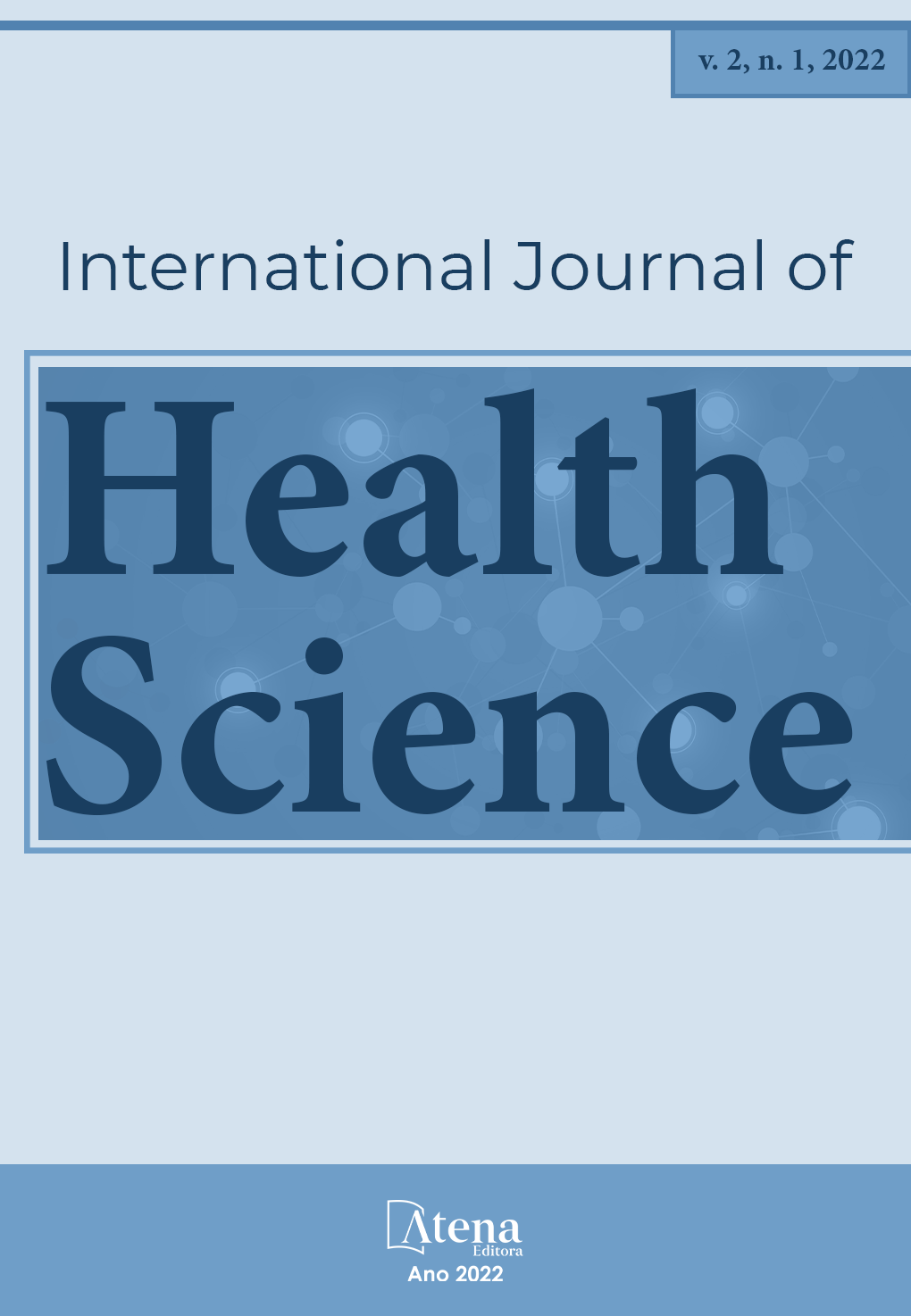
RENAL DUPLICATION IN PEDIATRIC PATIENTS: CASE REPORTS
INTRODUCTION: Congenital RIM and urinary tract (Cakut) abnormalities are one of the main causes of morbidity in children, being the most common renal duplication of the upper urinary tract. Mesonefro differs from the fourth week of development, through the most caudal cell clusters of the Nefrogenic cord, where they form mesonégric vesicles that become mesonefractive tubules. When growing, they communicate sideways with Dewolff duct (DW), which suffers evolination, forming the Ureteral button (bu). Thus, duplication depends on the BU division. METHODOLOGY: The authors performed a retrospective review of the clinical records of 5 children with prenatal diagnosis of renal duplicity. In this study, sex parameters, age group, symptomatology, complementary exams made (pre and post-natals) and respective changes, instituted treatment and clinical evolution. CASE REPORT: 5 cases of renal doubling were analyzed, of these 4 are female and 1 male. The majority referring to the upper pole, of which 3 are located on the left and 2 on the right. The diagnosis was obtained through prenatal exams, urotomography and renal scintigraphy with DMSA. Chemoprophylaxis was used in all patients to surgery. Endoscopic treatment was performed only in a patient, but without success. All were operated up to 1 year and 6 months of life and the surgery was characterized by partial nephrectomy with open-routed ureterectomy. In the postoperative period, the patients presented good evolution, without complications and followed with outpatient follow-up. DISCUSSION: When renal duplication is partial, it occurs due to the bifurcation of the ass rod and, when it is complete, it occurs through the growth, separately, of more than one in which is completely developed. This may occur due to a flaw in the signs of embryology in the budding of BU and the regression of the mesonecimal mesenchyme. There is a predominance in female, but still without explanation for this pattern. On clinical repercussions of supranumeric kidneys, there is a reflux or ureterocele promotion with obstruction, as well as pain and evolution for hypertension and renal failure. CONCLUSION: It is deprecated that the viability of early identification of renal duplication and other cakut in prenatal care is an important form of intervention and therefore must have its widespread practice.
RENAL DUPLICATION IN PEDIATRIC PATIENTS: CASE REPORTS
-
DOI: 10.22533/at.ed.159212210019
-
Palavras-chave: Congenital anomaly; Renal duplication; Urinary tract.
-
Keywords: Congenital anomaly; Renal duplication; Urinary tract.
-
Abstract:
INTRODUCTION: Congenital RIM and urinary tract (Cakut) abnormalities are one of the main causes of morbidity in children, being the most common renal duplication of the upper urinary tract. Mesonefro differs from the fourth week of development, through the most caudal cell clusters of the Nefrogenic cord, where they form mesonégric vesicles that become mesonefractive tubules. When growing, they communicate sideways with Dewolff duct (DW), which suffers evolination, forming the Ureteral button (bu). Thus, duplication depends on the BU division. METHODOLOGY: The authors performed a retrospective review of the clinical records of 5 children with prenatal diagnosis of renal duplicity. In this study, sex parameters, age group, symptomatology, complementary exams made (pre and post-natals) and respective changes, instituted treatment and clinical evolution. CASE REPORT: 5 cases of renal doubling were analyzed, of these 4 are female and 1 male. The majority referring to the upper pole, of which 3 are located on the left and 2 on the right. The diagnosis was obtained through prenatal exams, urotomography and renal scintigraphy with DMSA. Chemoprophylaxis was used in all patients to surgery. Endoscopic treatment was performed only in a patient, but without success. All were operated up to 1 year and 6 months of life and the surgery was characterized by partial nephrectomy with open-routed ureterectomy. In the postoperative period, the patients presented good evolution, without complications and followed with outpatient follow-up. DISCUSSION: When renal duplication is partial, it occurs due to the bifurcation of the ass rod and, when it is complete, it occurs through the growth, separately, of more than one in which is completely developed. This may occur due to a flaw in the signs of embryology in the budding of BU and the regression of the mesonecimal mesenchyme. There is a predominance in female, but still without explanation for this pattern. On clinical repercussions of supranumeric kidneys, there is a reflux or ureterocele promotion with obstruction, as well as pain and evolution for hypertension and renal failure. CONCLUSION: It is deprecated that the viability of early identification of renal duplication and other cakut in prenatal care is an important form of intervention and therefore must have its widespread practice.
-
Número de páginas: 5
- Sebastião Duarte Xavier Júnior
- Hortência Garcia Nogueira
- Marília Alves Menezes
- Oswaldo Neguib Cervera Suárez
- Raúl Adame Paredes
- Alícia Calinne Melo Santos
- Fernanda Fontes Prado Reis
- Tiago Costa Almeida
- Juliany Lins Araújo
- Victoria Carolina Luna Menezes
- Bruno José Santos Lima
- Larissa Mateus Nascimento Lima


